نقد و بررسی
شارژر RPB-1600شارژر سوئیچینگ RPB-1600 با توان خروجی 1600 وات از خانواده شارژرهای پیشرفته مین ول میباشد. این شارژر قابلیت پارالل کردن 3 دستگاه برای دریافت توان های بالاتر تا 4800 وات بدون استفاده از المان خارجی را دارد.
دامنه کارکرد ورودی در محدوده یونیورسال، 90 الی 264 ولت AC یا 250 الی 370 ولت DC بوده و قابلیت تحمل سرج با دامنه 300 ولت AC به مدت 5 ثانیه را دارد. بعلاوه به مدار PFC اکتیو (اصلاح ضریب قدرت) مجهز میباشد.
علاوه بر قابلیت تنظیم تا 25+ درصدی در دامنه ولتاژ خروجی بوسیله پتانسیومتر داخلی، امکان برنامهریزی ولتاژ خروجی در دامنه 75 تا 125 درصدی ولتاژ نامی بوسیله تنظیم ولتاژ خارجی 1~5 VDC را دارد. این تغییرات به شکل غیرخطی میباشد. در این پاور قابلیت برنامهریزی جریان ثابت خروجی از 20 تا 100 درصد جریان نامی با 1~5 VDC خارجی نیز اضافه شده است.
محافظت در برابر اتصال کوتاه، اضافه بار، اضافه ولتاژ و افزایش دمای منبع تغذیه به شکل بسیار کارآمدی توسط سیستم کنترل داخلی انجام میشود. بعلاوه، خنک سازی با کنترل جریان هوا بوسیله تنظیم سرعت دو فن بلبرینگی با کیفیت انجام میشود. دمای محیط کار از منفی 30 الی مثبت 70 درجه سانتیگراد مجاز میباشد.
این شارژر دارای قابلیت کنترل از راه دور برای روشن و خاموش کردن دستگاه Remote On-Off میباشد. همینطور دارای قابلیت Remote Sense – برای جبران افت ولتاژ در طول مسیر سیم باری که دور از شارژر قرار دارد – میباشد. بعلاوه دارای سیگنال DC OK برای خبر داشتن از وضعیت دستگاه و سیگنال آلارم OTP برای جلوگیری از آسیب دستگاه در اثر دمای بالا میباشد.
دارای دو منبع تغذیه داخلی (یدکی) جداگانه جهت مصارف کنترلی داخلی(0.8A@12V, 0.3A@5V Auxiliary) میباشد.
ابعاد (طول x عرض x ارتفاع) بر حسب میلی متر 41x 85 x 300 میباشند.
RPB-1600 یک شارژر AC/DC تک خروجی 1.6 کیلوواتی با چگالی توان بالا تا 25 وات بر اینچ مکعب است. سه منحنی شارژ تعبیه شده، به طور خاص برای باتری های سرب اسید، در هر مدل تعبیه شده است. به لطف پروتکل ارتباطی، PMBus و CANBus میتوان یک منحنی یدکی را برای شارژ انواع دیگر مانند باتریهای لیتیوم یونی اضافه کرد. هر مدل توسط فن با کنترل ترموستاتیک خنک می شود. علاوه بر این، RPB-1600 مکانیسم های حفاظتی مختلفی را ارائه میدهد که بهترین ایمنی را برای انواع مختلف برنامه ها فراهم میکنند.
PMBus و CANBus پروتکل های ارتباطی مفیدی برای مدیریت توان دیجیتال بین کنترلکنندههای سیستم پاور هستند که PMBus در مدل عادی RSP-1600 تعبیه شده و CANBus بصورت optional (سفارشی) در دسترس هستند. PMBus گونهای از گذرگاه (باس) مدیریت سیستم (SMBus) است که مبتنی بر I²C است و اگرچه از نظر فیزیکی مشابه هستند، هر پروتکل تفاوتهای جزئی دارد و برای عملکردهای مختلف استفاده میشوند.
گذرگاه مدیریت برق (PMBus) یک پروتکل ارتباطی رایج برای کنترل دیجیتالی منابع تغذیه است. در مقایسه با CANbus یا Ethernet، پروتکل PMBus پیچیدگی کنترل سیستم قدرت را کاهش می دهد، زیرا برای استفاده در هر کاربرد خاص نیاز به تعریف یک مجموعه دستورات ارتباطی مجزا ندارد و در نتیجه در زمان صرفهجویی قابل توجهی میشود.
پوشش منسجم اختیاری (بنا به درخواست مشتری جهت محیط های مرطوب و …) قابل سفارش است.
بازدهی عالی، طول عمر و قابلیت اطمینان بالا از ویژگیهای اصلی خانواده RPB هستند.
این شارژر دارای 5 سال گارانتی و پشتیبانی از طرف شرکت مینول تایوان و نمایندگی مینول ایران میباشد.
برای یافتن نمایندگی رسمی فروش پاور مینول در ایران کافیست به info@meanwell.com ایمیل زده و استعلام کنید.
- کیفیت ساخت بالا
RPB-1600 Description:
RPB-1600 Features:
- Charger for lead-acid batteries (Gel, flooded and AGM) and Li-ion batteries (lithium iron and lithium manganese)
- Built-in default 3 stage charging curves and programmable curve
- Built-in I2C interface, PMBus protocol (Optional CANBus protocol)
- Universal AC input/ Full range (Withstand 300VAC surge input for 5 seconds)
- Built-in active PFC function
- Forced air cooling by built-in DC fan
- Output voltage and current programmable
- Built-in OR-ing FET
- Active current sharing up to 4800W(2+1)
- Protections: Battery under voltage / Battery no connection / Short circuit / Over voltage / Over temperature
- Optional conformal coating
Available models:
- 14.4V: RPB-1600-12
- 28.8V: RPB-1600-24
- 57.6V: RPB-1600-48
Applications:
- Large scale DC UPS or emergency backup systems
- Marine Battery Charger modules
- Electric scooter or Vehicle Charger stations
- Wastewater treatment systems
- Electrolysis systems
Specs:
Instruction Manual:
PMBus, or Power Management Bus, is two-wire interface that defines the management of power subsystems. This bus is an extension of the SMBus protocol, so PMBus and SMBus hold many similarities.
Background of PMBus
The PMBus specification was released in 2005 as a way to help redefine power management withinembedded systems. Before PMBus, many power supply and semiconductor companies felt there was a lack in ability to efficiently communicate with their power systems. As a result, various power supply and semiconductor companies collaborated to create the PMBus standard, which would allow system developers to configure the power supply for a specific task and to monitor the status/overall health of the power system. Currently, there are over 50 companies who oversee the development of PMBus specifications, and they are formed as PMBus-IF, or Power Management Bus Interface Forum. PMBus-IF is also a subgroup under the System Management Interface Forum (SMIF).
With the need for an industry standard protocol for power communication, PMBus developers determined that the SMBus protocol would be most efficient and cost effective to base the PMBus standard. SMBus it built on the I²C protocol and was created as a means to manage Smart Batteries and other system and power management devices. SMBus is low cost like I²C, but is more robust in its capabilities and features.
Because PMBus is an extension of the SMBus protocol, it shares much of its physical layer and how the bus operates. However, PMBus defines a specific set of commands and data structures required by power control and management components.
How PMBus Operates
Physical Layer/Transport
PMBus is a low cost, two-wire interface that is an extension of the SMBus standard, which is built from the I²C protocol. Similar to SMBus, PMBus requires a minimum of two wires for communication, including the clock signal, SMBCLK, and data signal, SMBDAT. Optional signals, which would be traded for two GPIO pins, include the CONTROL and SMBALERT# signals. The CONTROL signal acts as a hardwired on/off signal, and SMBALERT# is used to notify and get the attention of the master or system host; this alert signal is often used in the event of a fault condition. The Write Protect (WP) signal is an additional optional signal that is used to prevent unwanted data changes.
PMBus supports a more robust protocol compared to I²C since PMBus provides timeouts and optional packet error checking, or PEC, to enhance data integrity. Timeouts prevent slower slave devices from holding the clock line longer than the specified timeout interval, avoiding bus hang-ups. PEC bytes are generated using a CRC-8 algorithm used to validate the integrity of a transaction, which is often critical in power-management systems.
PMBus supports a maximum bus speed of 400 kHz, and because of the built-in timeouts, all PMBus devices support a minimum bus speed of 10 kHz.
Like SMBus, PMBus includes a system host/bus master and slave device (PMBus device) for communication. A master is any device that initiates transmission and drives the clock. There can be multiple masters on the bus, but only one device can master the bus at a given time. A master device can be a PC or microcontroller and a slave device can include an integrated circuit, power converter, or power supply. In certain instances, where a slave determines a fault, a PMBus device may temporarily become a master device and communicate with the host using the SMBus host notify protocol. A master directs communication to a single slave at a time by using a unique 7-bit address, similar to the slave addressing scheme in I²C and SMBus. This provides 100 possible device addresses after allowing for reserved addresses.
Data Formats
Similar to I2C, PMBus is a variable length packet of 8-bit data bytes. The basic data packet structure for PMBus includes an Address Byte which comprises of a 7-bit address, ending with a 1-bit Read or Write signal. Then follows an 8-bit Command Byte including the Command Code, following with one or more 8-bit Data bytes. Optionally, there may be an 8-bit PEC byte as well. Each byte includes their own receiver acknowledge, and each transaction is enclosed between a Start and Stop bit from the host.
Electrical
The PMBus electrical interface follows similarly to the SMBus specification. For supply voltage requirements, the operating voltage range (VDD) may be 3 V to 5 V ±10% (2.7 V to 5.5 V).
The required pull down current is 4 mA for 400 kHz PMBus devices.
PMBus Commands
PMBus defines a set of commands that are specifically targeted for power control and management components to ensure the system is operating correctly. These commands allow the system to perform configuration, control, status monitoring, fault management, and information storage (inventory, user data).
PMBus devices must support the Group Command Protocol, which is designed to allow several PMBus-compliant devices to simultaneously execute commands. With this protocol, devices can receive the same or different command, but only one command can be sent to any a device in one Group Command packet.
PMBus commands are one-byte command codes, which allows for 256 commands that can be sent and read over the bus. Every command packet contains an address byte, followed by a command byte, and then either followed with zero or more bytes of data. Optionally, there also may be an additional PEC byte.
Additionally, to support certain commands of the PMBus command language, devices must support the Block Write-Block Read Process Call. PMBus supports block writes and reads up to 255 bytes in length compared to the 32-byte limit of SMBus.
Where PMBus is Used
PMBus has been increasingly used for digital power management within systems. PMBus works with a variety of power management products, such as AC-DC power supplies, isolated DC-DC break converters, non-isolated point-of-load (POL) converters, voltage regulators, supply sequencers and point-of-load voltage programmers, and monitors and fan controllers.

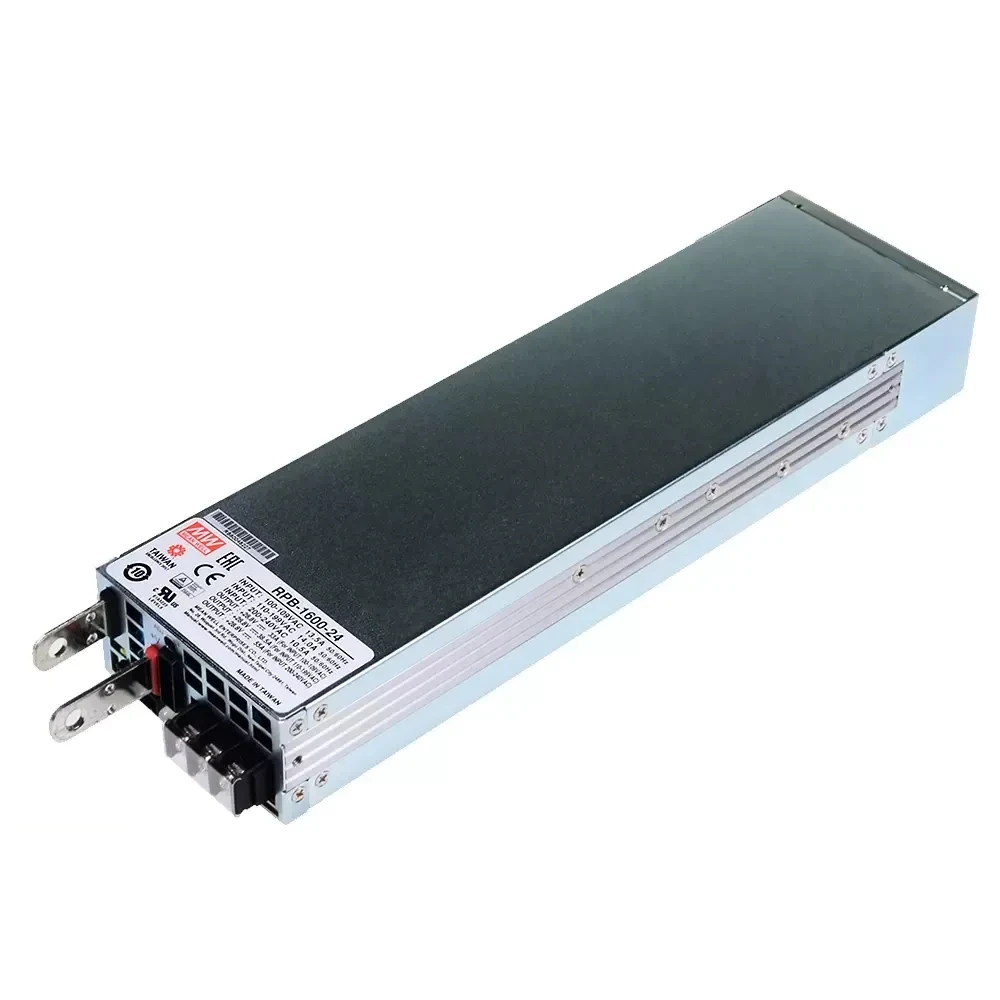

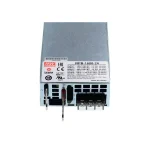
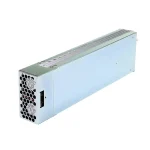
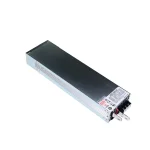
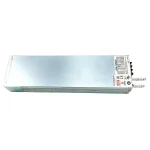
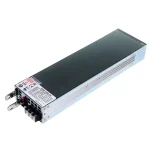

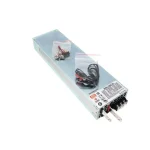

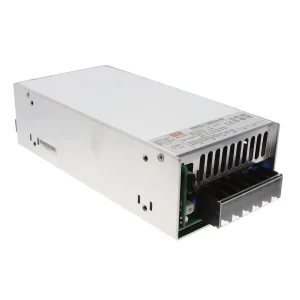
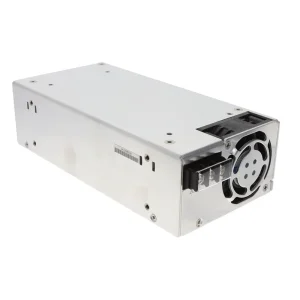
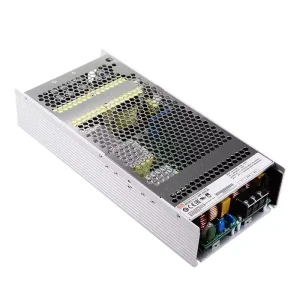
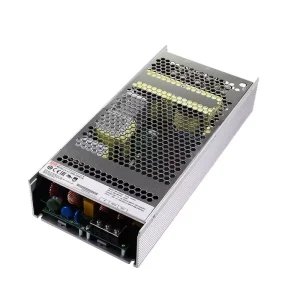
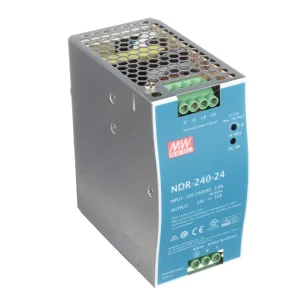
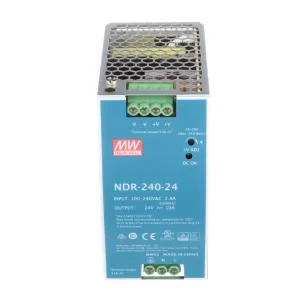




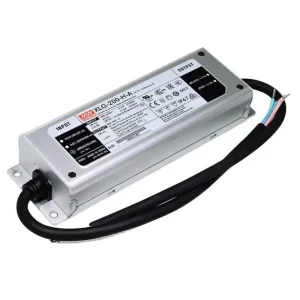
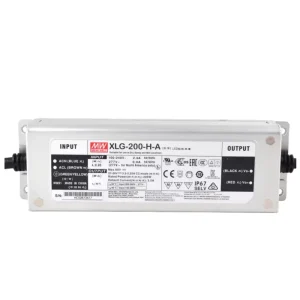

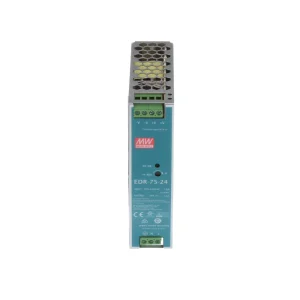
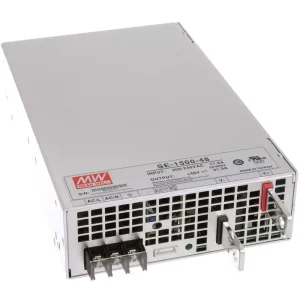

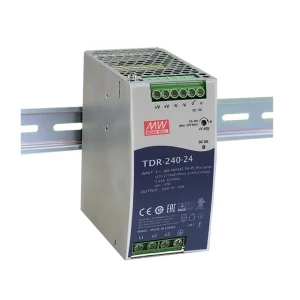

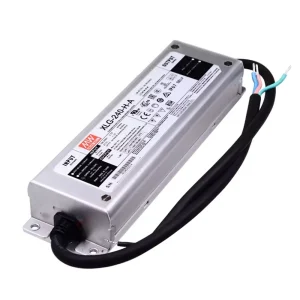
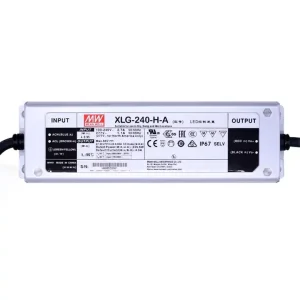
هیچ دیدگاهی برای این محصول نوشته نشده است.